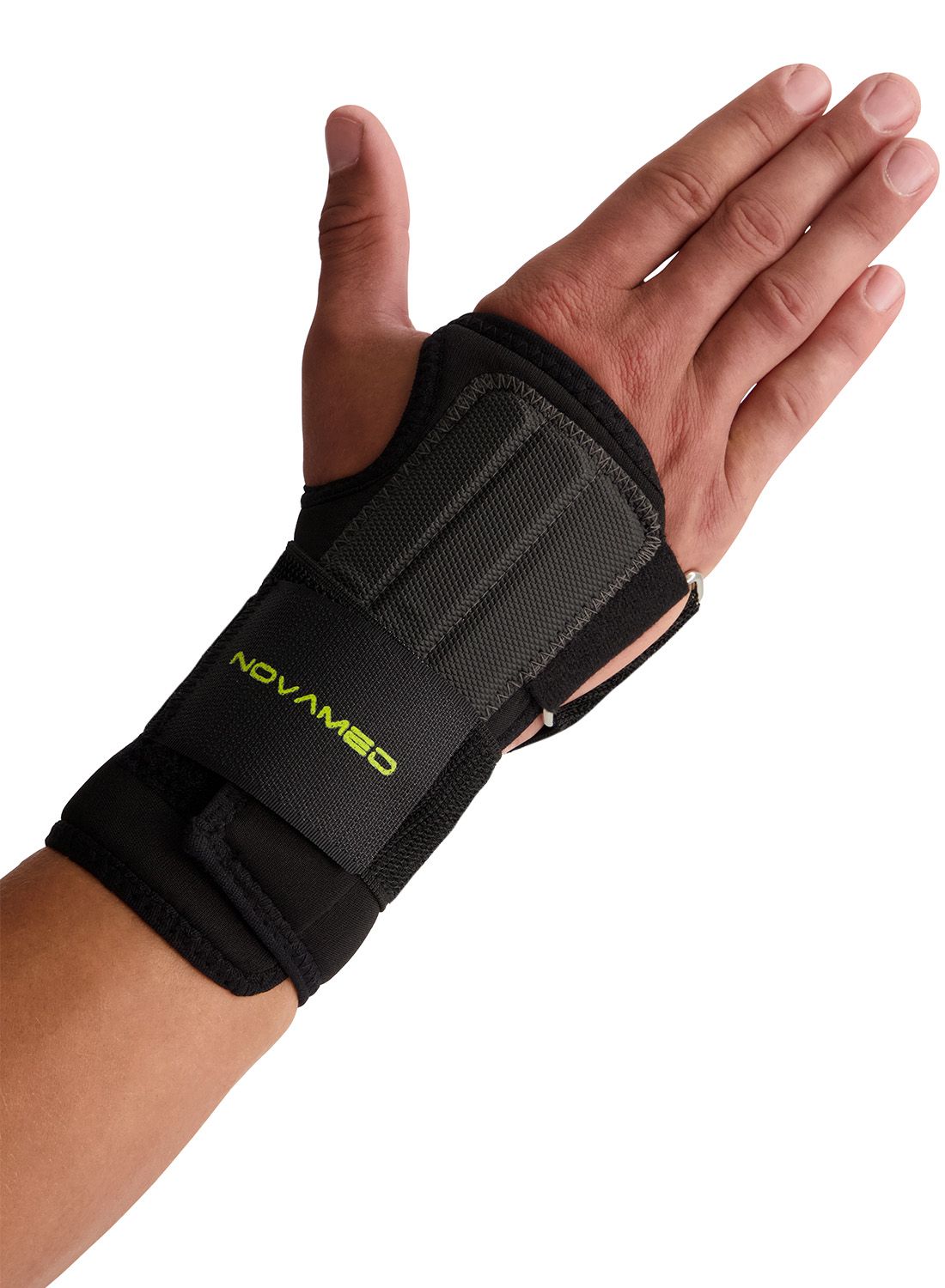Intersection Syndrome
Intersection syndrome is a painful inflammation located in the forearm. This inflammation is caused by friction at the point where four forearm muscles cross each other. But how does intersection syndrome actually develop, what are the symptoms, and how can it be treated? We’ll explain it to you below.
How does intersection syndrome develop?
When you frequently extend and bend the wrist, this can be one of the causes of intersection syndrome. People who practice rowing, or frequently lift weights during sports or work, do gymnastics, or perform other sports in which the hand is used intensively, are at a higher risk of developing intersection syndrome.

What are the symptoms?
These are complaints that may occur with intersection syndrome:
- Pain at the top of the forearm, hand, or wrist. This usually occurs a few centimeters above the wrist joint, near the thumb.
- The pain may be felt during different types of movements, such as bending the wrist, extending it, or gripping objects.
- In some cases, a thickening or swelling can be felt or seen in the forearm.
- When the wrist is bent or extended, a clicking or cracking sound may be heard.

How do you treat intersection syndrome?
Treatment for this condition often involves taking rest. Rest is very important in resolving this issue. One way to give the wrist optimal rest is by using a wrist brace. A wrist brace prevents sudden movements of the wrist. It keeps the wrist in a fixed position. As a result, your wrist can recover more quickly, and you will be free of your intersection syndrome sooner.
In extreme cases, it is also possible to have the inflamed tissue surgically removed. However, this is rarely necessary. In most cases, a wrist brace is sufficient to resolve the problem.

- Physiotherapist
- Sports podiatrist
- Manual therapist
- Podopostural therapist
- Myofascial dry needling specialist




